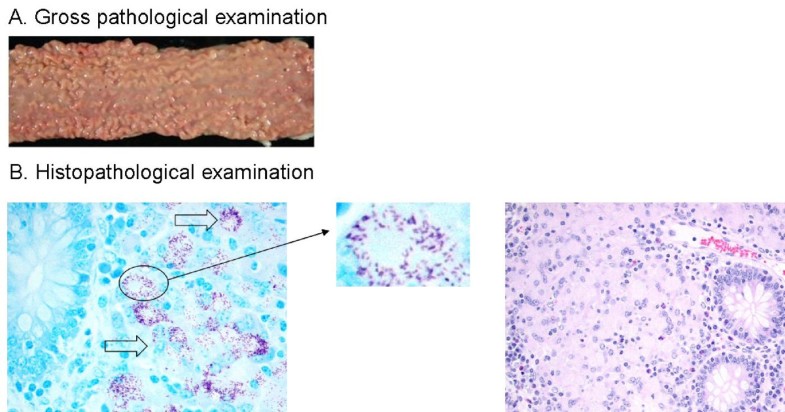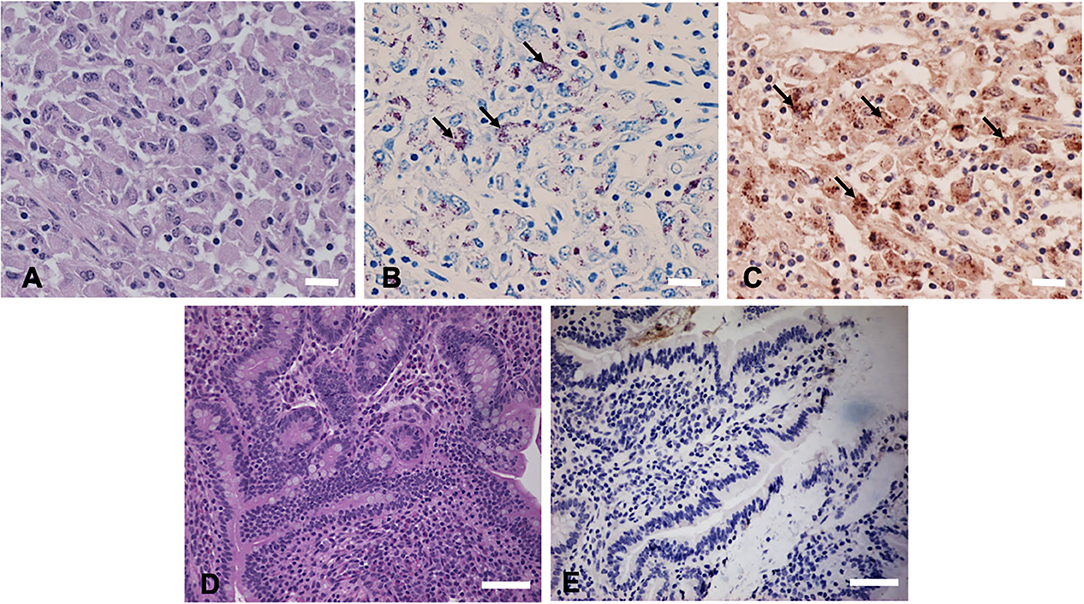

In recent years, MAH represents an increasing public health concern in developed countries. The majority of human infections occur in immunocompromised people, persons with underlying pulmonary diseases and children with cystic fibrosis. Strains of MAH cause disseminated infections, pulmonary diseases and lymphadenitis in humans, and granulomatous lesions in pigs and many other animal species with wide-ranging environmental sources of infection. lepraemurium, MAP belongs to the species M.

hominissuis (MAH), and the feline pathogen M. silvaticum, the facultative-pathogenic and genetically variable pool of organisms known as M. Together with the obligate bird pathogens M. The evidence of a zoonotic capacity of MAP concerning Crohn’s disease in humans is under ongoing discussion. MAP can persist in the environment and has been isolated from raw milk, different non-ruminant species and humans. Comprehensive core and pan genome analysis uncovered unique genes (e.g., cytochromes) and genes probably acquired by horizontal gene transfer in different MAP-types and subtypes, but also emphasized the highly conserved and close relationship, and the complex evolution of M.-a.-strains. MAP type specific phenotypic features may be attributed to genes of known large sequence polymorphisms (LSP Ss) regions I–IV and deletions #1 and #2, confirmed here, but could also result from identified frameshifts or interruptions of various virulence-associated genes (e.g., mbtC in MAP-S). The comparison of various genomic elements including transposases and genomic islands provide new insights in MAP genomics. Structural comparative alignments revealed clearly the mosaic nature of MAP, emphasized differences between the subtypes and the higher diversity of MAP-S genomes. Here we present the complete, circular genome of MAP-S/type III strain JIII-386 (DE) closed by Nanopore-technology and its comparison with MAP-S/type I closed genome of strain Telford (AUS), MAP-S/type III draft genome of strain S397 (U.S.), twelve closed MAP-C strains, and eight closed M.-a.-complex-strains. Due to a lack of complete subtype III genome sequences, there is not yet conclusive information about genetic differences between strains of cattle (MAP-C, type II) and sheep (MAP-S) type, and especially between MAP-S subtypes I, and III. paratuberculosis (MAP) is a worldwide-distributed obligate pathogen in ruminants causing Johne’s disease.


 0 kommentar(er)
0 kommentar(er)
